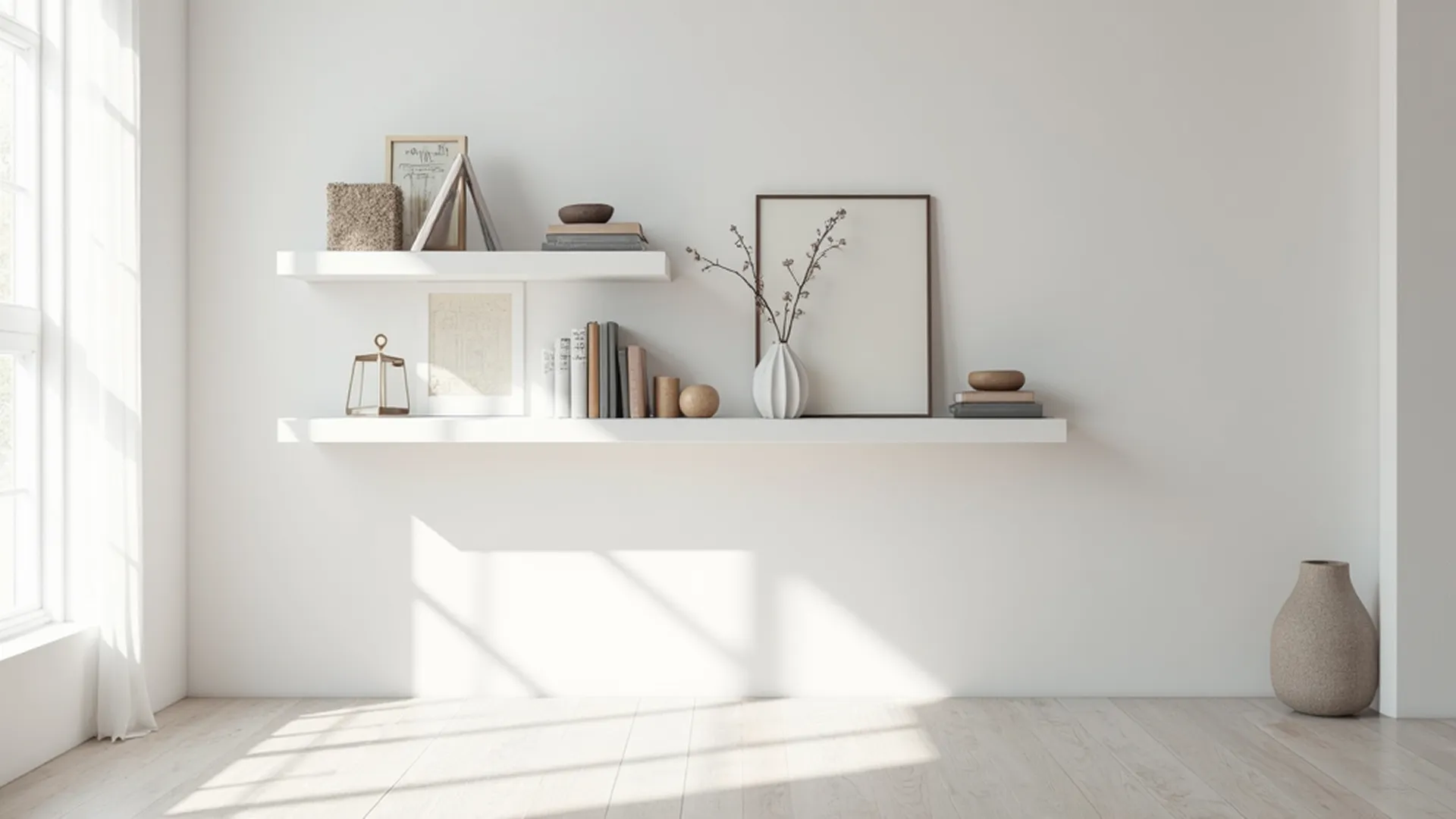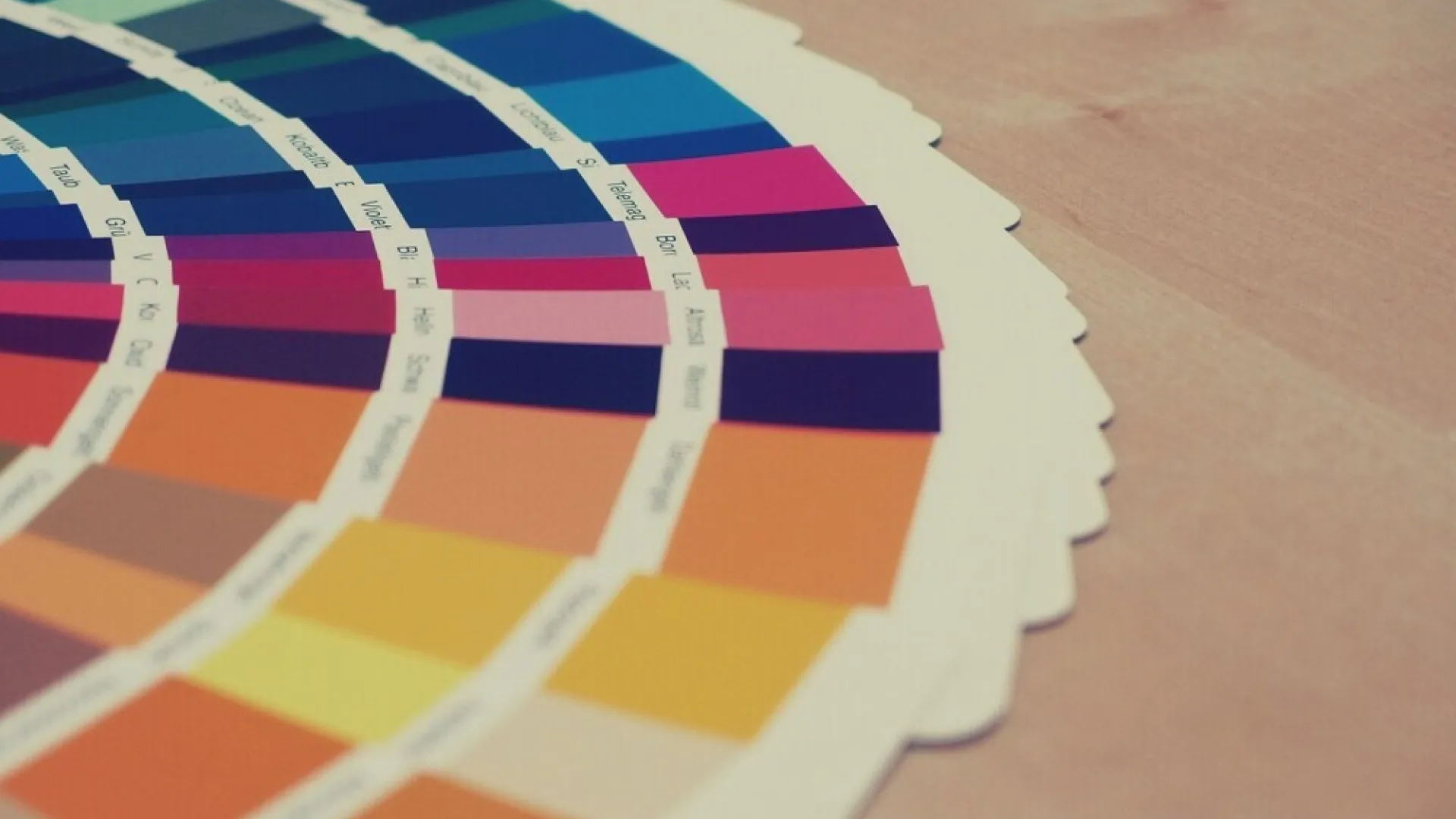Install Floating Shelves for Style and Functionality

Install Floating Shelves for Style and Functionality
Floating shelves have become a popular choice for adding both style and functionality to living spaces. These modern installations not only help in organizing clutter but also give a boost to the interior look of a room. With their clean lines and minimalist design, floating shelves blend nearly seamlessly with various decor styles, making them a versatile solution for many homes.
A Blend of Function and Style
Floating shelves can radically transform a room by providing extra storage and a contemporary touch all at once. They help in displaying treasured items, books, or small decorative collectibles while keeping surfaces free of unnecessary items. Their mounting system creates an illusion of shelves suspended in mid-air, which appeals to those who appreciate clean aesthetics.
Installing floating shelves is a relatively straightforward project that many homeowners can complete with a few basic tools. Even those new to DIY projects often find that the process is both simple and rewarding. A set of instructions included with most shelves guides you through the process, ensuring that even beginners can enjoy the transformation of their space.
Beyond simple aesthetics, floating shelves also offer considerable benefits in terms of spatial arrangement. They allow you to free up counter space and focus on other decorative elements. With their discreet support, these shelves help maintain a clutter-free look that puts everyday items in a neat and tidy display. Whether you are looking to create a reading nook filled with your favorite books or simply desire a cleaner look in your living room, floating shelves have you covered. Their versatile placement options let you mix and match with different accessories, making them an ideal solution for both small apartments and large homes.
Benefits of Floating Shelves in Your Home
Floating shelves bring a host of benefits to your living environment. For one, they free up floor space, which can make smaller rooms feel larger and more open. In addition, they provide a dedicated spot for items that might otherwise add to the visual clutter on countertops and furniture.
These shelves are a popular choice in various settings. In the kitchen, they serve as convenient spots for storing spices and frequently used utensils. In living areas, they become a showcase for art pieces, books, or even family heirlooms. Bedrooms can also take advantage of these installations by replacing bulky furniture with streamlined storage that does not compromise on style.
The beauty of floating shelves lies not only in their functionality but also in their ability to personalize a space. By mixing in different décor pieces, you can create a gallery wall that reflects your style. With a bit of creativity, these shelves become a canvas on which you can display your personality and interests.
One of the additional benefits of using floating shelves is that they can be arranged in a way that reflects your personal style. They are not only storage solutions but can also serve as dynamic art installations. Changing up the layout from time to time allows your room to evolve and always feel fresh. Some users also experiment with unexpected placements, such as in bathrooms or offices, where traditional shelving might feel out of place. Floating shelves also inspire more organized living as items are displayed neatly rather than hidden away, making cleaning and maintenance easier for busy lifestyles.
Choosing the Shelves for Your Space
Before you purchase floating shelves, it’s important to assess your needs and the specific characteristics of your room. Consider what you intend to place on the shelves. Will they hold heavier items such as books or decorative vases, or are you planning on using them for lightweight displays?
Materials come in a variety of finishes such as solid wood, metal, glass, or engineered wood. Wood offers a warm, natural look while metal can provide a sleek industrial vibe. For those who prefer a modern flair, glass shelves showcase items with an almost invisible support system. Matching the shelf material with the interior design helps maintain a coherent aesthetic throughout the space.
It is also essential to think about the size and number of shelves. Overloading a wall with too many shelves might create visual chaos, while a single well-placed shelf can serve as a striking focal point. Measuring your available wall space ahead of time ensures that the final outcome is both functional and visually balanced.
When selecting shelves, consider the sustainability of the materials along with the style of your interior. Eco-friendly options like reclaimed wood or bamboo not only add character but also contribute to a greener lifestyle. Furthermore, many modern designs come with adjustable components, making it possible to change configurations effortlessly as your storage needs evolve. Take time to compare finish options, such as matte or glossy, to match your aesthetic. Investing a bit more time in selecting the perfect shelf can result in a piece that serves as both practical storage and a stylish statement piece.
A Step-by-Step Guide to Installing Shelves
Installing floating shelves is a project that can be completed by weekend warriors and DIY novices alike. With a few basic tools and careful planning, you can achieve a professional-looking installation that adds functionality and flair to your home.
Before starting, gather your materials. Typically, you will need the shelves, wall anchors, screws, a drill, a level, and a measuring tape. Some packages include a template that makes layout easier.
Measure and Mark: Use a tape measure and pencil to mark where you want your shelves to hang. Ensure the marks are level so your shelves will sit flat against the wall.
Drill Pilot Holes: Based on your markings, drill pilot holes for the wall anchors. This step is key for ensuring the screws hold securely, especially if you plan on loading heavier items onto the shelves.
Insert Wall Anchors: Push the anchors into the pilot holes. Depending on the wall material, selecting the correct type of anchor is very important. For example, if you are working with brick walls, using masonry anchors is essential.
Screw in the Brackets or Mounting Hardware: Some floating shelves come pre-attached with a hidden bracket system. In others, you might need to manually attach the hardware. Ensure everything is aligned before securing tightly.
Mount the Shelves: Carefully place the shelf onto the brackets. Use a level again to confirm that it sits evenly. This extra step can help avoid having a slightly crooked shelf that could detract from the overall look.
If you’re a beginner, don’t be discouraged by the initial planning stage. Writing down each step and even sketching a rough diagram of your wall layout can help clarify the process. It might also be useful to watch a couple of online tutorials to gather extra tips on drilling and anchoring methods. Remember that safety is very important, so always wear protective gear like goggles when operating power tools. Taking your time to read through the manufacturer’s instructions can save you from potential mishaps, allowing you to complete your project smoothly and with confidence.
Common Challenges and How to Overcome Them
Even simple DIY projects can come with their challenges. Here are some issues you might encounter during the installation of your floating shelves and some ideas on how to address them.
- Wall Type Concerns: Drywall is common, but if you are affixing shelves to masonry or brick, you may need additional tools or anchors specially designed for that wall type. Always check the shelf kit’s recommendations to ensure you’re using the right accessories.
- Weight Distribution: Floating shelves can sometimes sag if overloaded. Avoid placing excessively heavy items on the shelves. Use multiple anchors if needed, and consider reinforcing the bracket if you plan to display items that are particularly heavy or unevenly distributed.
- Aligning the Shelves: One common challenge is making sure the shelves are entirely level. Taking the time to measure twice and adjust the placement carefully helps avoid crooked installations. Using a good quality level tool is an investment that pays off in ensuring a precise setup.
Another potential challenge in installing floating shelves is dealing with uneven walls. Sometimes walls might appear straight but have subtle curves or inconsistencies in texture. If you notice any such irregularities, making slight adjustments during installation—such as using shims behind the shelves—can help maintain an even look. Also, verifying the condition of your drywall or brick setup in advance can prevent problems later on. Addressing these extra details might require a bit more time during the setup but will ensure that your shelves remain stable and aesthetically pleasing for years to come.
Advanced Tips for Styling Your Floating Shelves
Once your floating shelves are securely installed, you can begin to think about the creative ways to style them. Beyond basic storage and display, advanced styling techniques can transform these shelves into artful centerpieces.
Consider grouping shelves of varying sizes or arranging them asymmetrically for a more dynamic look. Experiment with different decorative themes, such as modern minimalism, rustic charm, or industrial chic, depending on the overall feel of your room. In some cases, homeowners choose to integrate LED lighting into the shelving. This not only highlights the items displayed but also adds a warm ambience to the room. Whether illuminating a favorite piece of art or creating soft shadows across a collection of books, lighting can be a powerful design tool.
For those looking to take up a notch in their interior design, consider experimenting with layered lighting strategies. Installing small, low-wattage LED strips behind the shelves can produce a soft glow, highlighting both the items on display and adding drama to the surrounding space. Another creative idea is to intertwine plants with book displays, giving a natural feel and a burst of color. The key is to balance functional items with purely decorative pieces, so your shelves do not become overly busy. Trying out different arrangements until you find the perfect combination is part of the fun in curating your space.
Frequently Asked Questions
Below are some common questions about floating shelves, along with answers that can help clarify any concerns you might have during setup or styling.
Question: Can I install floating shelves without professional help?
Answer: Absolutely. Many floating shelves are designed for simple DIY installation. With the right tools and a bit of time, most homeowners can complete the job themselves.
Question: What tools do I need to install floating shelves?
Answer: Generally, you only need a drill, level, measuring tape, pencil for markings, and the necessary hardware that comes with the shelves. Make sure to follow the manufacturer’s instructions for any specific recommendations.
Question: How much weight can floating shelves hold?
Answer: This varies depending on the shelf design and the wall anchors used. It’s best to check the weight rating provided by the manufacturer. For heavy items like books or decor pieces, using additional anchors or securing supports can help distribute the weight evenly.
Question: Can floating shelves be mounted on any wall?
Answer: Floating shelves work best on solid walls. If you have a wall with a lot of plaster or thin drywall, you may need to use specialized anchors or consider alternative mounting methods to ensure stability.
Question: What maintenance do floating shelves require?
Answer: Generally, floating shelves need minimal upkeep. Dusting them regularly and checking the fixation points can help ensure that they remain safe and secure over time.
Additional Considerations for a Successful Installation
Before starting your floating shelf project, there are several additional factors to keep in mind. One key consideration is planning out your layout on paper before making any marks on your wall. Sketch your design, taking into account the size of the items you intend to display and the overall balance of the space. A well-planned layout can prevent mistakes and reduce the need for redoing sections of the installation.
Another tip is to invest in quality hardware. While budget options may be tempting, compromising on hardware quality can lead to instability or premature wear and tear. Spending a little extra in the beginning may save you from headaches down the road, making your shelves sturdier and more reliable for holding your decorative pieces or everyday items.
It is also important to consider the lighting in your room when planning your shelf layout. Good lighting can transform a simple shelf into an eye-catching display. Natural light during the day and carefully chosen artificial lighting in the evening can make all the difference in highlighting your decorative items. Experiment with various lighting angles to capture the best aesthetic boost. With a little planning, the shelves can become a central design feature that ties the room together.
Inspiring Interior Styling Ideas
Floating shelves may seem like a simple addition, but they open up numerous avenues for creative displays. One popular idea is to use a series of shelves to form a geometric display that spans across an entire wall. By varying the types and sizes of the items displayed, you can achieve a dynamic visual narrative that keeps the space engaging.
The versatility of these shelves also allows for seasonal updates. For example, you could decorate with subtle changes in decor during holidays or special occasions, which breathe new life into the setup every few months. A small exchange of items or the addition of unique decorative accents can completely alter the look without needing a full overhaul.
Think of your shelves as an ongoing project that can switch things up with the seasons. Mixing items like seasonal flowers, ornaments during festivals, or art pieces that rotate with your mood can keep your interior feeling fresh. Experimenting with arrangement patterns, such as aligning similar colors or textures together, can also produce striking visuals. The possibilities are endless, and adding thoughtful decorative elements can have a next-level cool effect on your overall decor.
Final Thoughts
Installing floating shelves is a great way to achieve an uncluttered, stylish look while making the most of your wall space. From selecting the right type and material to expertly mounting them and styling for maximum impact, these shelves add a neat touch to various rooms. Whether in the kitchen, living area, or bedroom, floating shelves offer both style and practicality, making them a welcome addition to any home.
The process is straightforward and accessible for DIY enthusiasts, providing a rewarding experience that results in a personalized touch to your home decor. With careful planning, quality tools, and a bit of creative flair, your floating shelves can instantly take up a notch both in form and function of your space. Enjoy the process, and soon your walls will not only be organized but also a reflection of your tasteful design choices.
Bottom line, floating shelves are a very important addition to any home design scheme. They provide straightforward solutions for storage while doubling as artful accents. Taking advantage of these versatile installations can transform not only the layout of your room but also the overall ambience. By mixing practical storage with stylish decoration, you create an environment that truly reflects your personality and taste.
Keep Reading
 Information
Information
Add a Feature Wall with Wallpaper or Removable Motifs
 Education
Education
